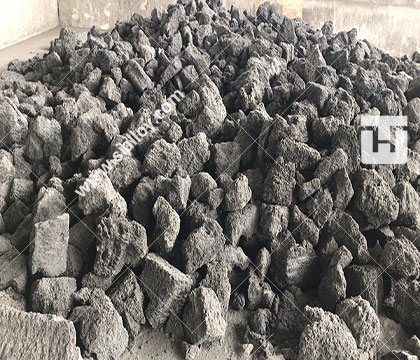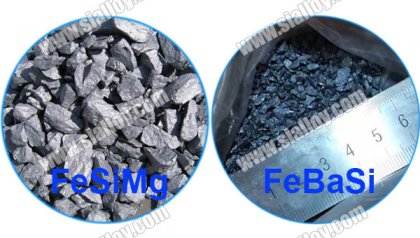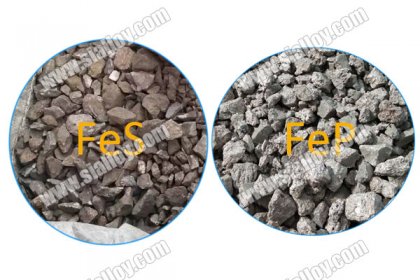structural characteristics of carburant
The carburizing agent commonly used in cast iron of slag removal companies is a carbonaceous material, the main component of which is carbon. Carbonaceous materials are mainly graphite and amorphous carbon. Graphite is a hexagonal crystal. The carbon atoms in graphite crystals are layered. The covalent bond between atoms in the same layer is very strong, and the bonding force is very strong. Combined, its bonding strength is very weak. Therefore, graphite is easily delaminated and has extremely low strength. Since graphite crystal has such structural characteristics, it tends to grow into a lamellar structure when it grows in molten iron. Amorphous carbon is also a hexagonal plate-like crystal. The difference with graphite is that the hexagonal arrangement is incomplete and the distance between layers is slightly larger.

According to the crystal structure of carbon in the carburizing agent, the carburizing agent can be divided into an amorphous state and a crystalline state. According to the form of carbon in the carburizer, it is divided into graphite carburizer and non-graphite carburizer. Graphite recarburizers mainly include graphite electrodes, graphite electrode trim plates and chips, natural graphite particles, and microcrystalline graphite; in addition, silicon carbide (SiC) has a hexagonal structure similar to graphite, and is also listed as a graphite recarburizer. A special form. Non-graphite carburizing agents mainly include pitch coke, calcined petroleum coke, coke buns, and calcined anthracite.
2. The principle of carbonization
The melting temperature of the carbon present in the form of the element of the carburizer is 3727°C, and it cannot be melted at the temperature of molten iron. Therefore, the carbon in the carburant is mainly dissolved in molten iron by dissolution and diffusion. When the wC of the molten iron is 2.1%, the graphite in the graphite carburant can be directly dissolved in the molten iron. Except that the carbon gradually diffuses and dissolves in the molten iron with time, there is basically no direct phenomenon of non-graphite carbon. Therefore, for the carbonization of synthetic cast iron in electric furnace smelting, the carbonization rate of graphite carbonization is significantly higher than that of non-graphite carburizing agents.
It has been shown that the dissolution of carbon in molten iron is affected by the transfer of the liquid boundary layer on the surface of solid particles. Compare the results obtained with coke and coal particles with the results obtained with graphite. It was found that the diffusion rate of graphite carburant in molten iron was significantly faster than that of coke and coal particles. Observation of partially dissolved coke and coal particle samples through an electron microscope revealed that a very thin viscous ash layer was formed on the sample surface, which was the main reason for its diffusion and dissolution in molten iron. .
3. Choose a carburant
For electric furnace smelting, the core of carbon-enhancing technology is to use high-quality carbon-enhancing agent. With reference to relevant information, it is believed that the selected carburant should have the following characteristics:
(1) Select the recarburizing agent after high-temperature graphitization. Only after high-temperature treatment can the carbon atoms change from the original disordered arrangement to the flake arrangement. The flake graphite can become the best core for graphite nucleation and promote graphitization . . turn. (2) The sulfur content of a good carburant is extremely low, and wS<0.03% is an important indicator.
(3) The porosity of the carburizer is also important for the carbon addition effect and the carburizer absorption rate. Therefore, the high-temperature graphitized petroleum coke carburant is denser than the electrode graphite, and the carbon addition effect is better.
 中文
中文


